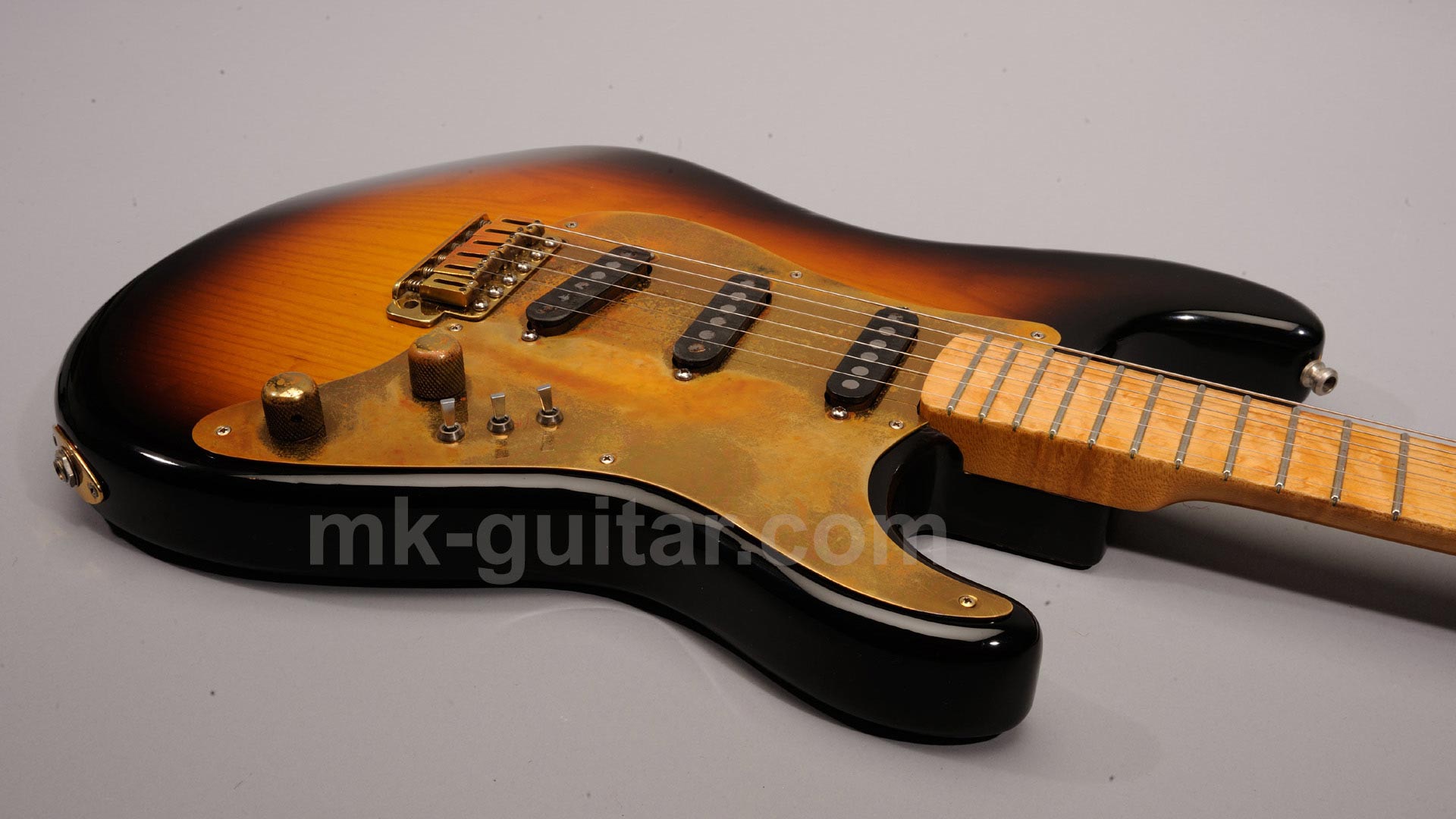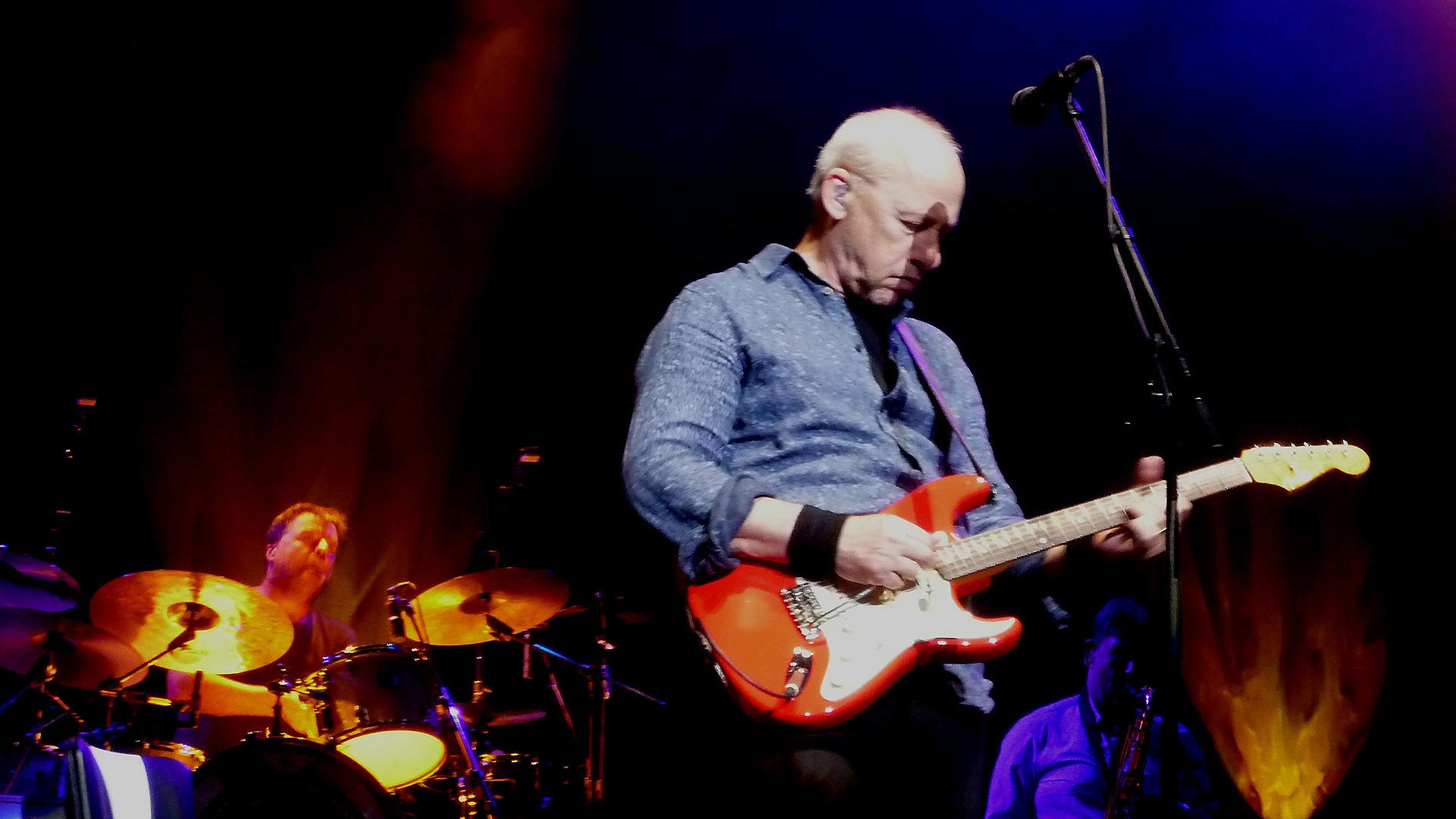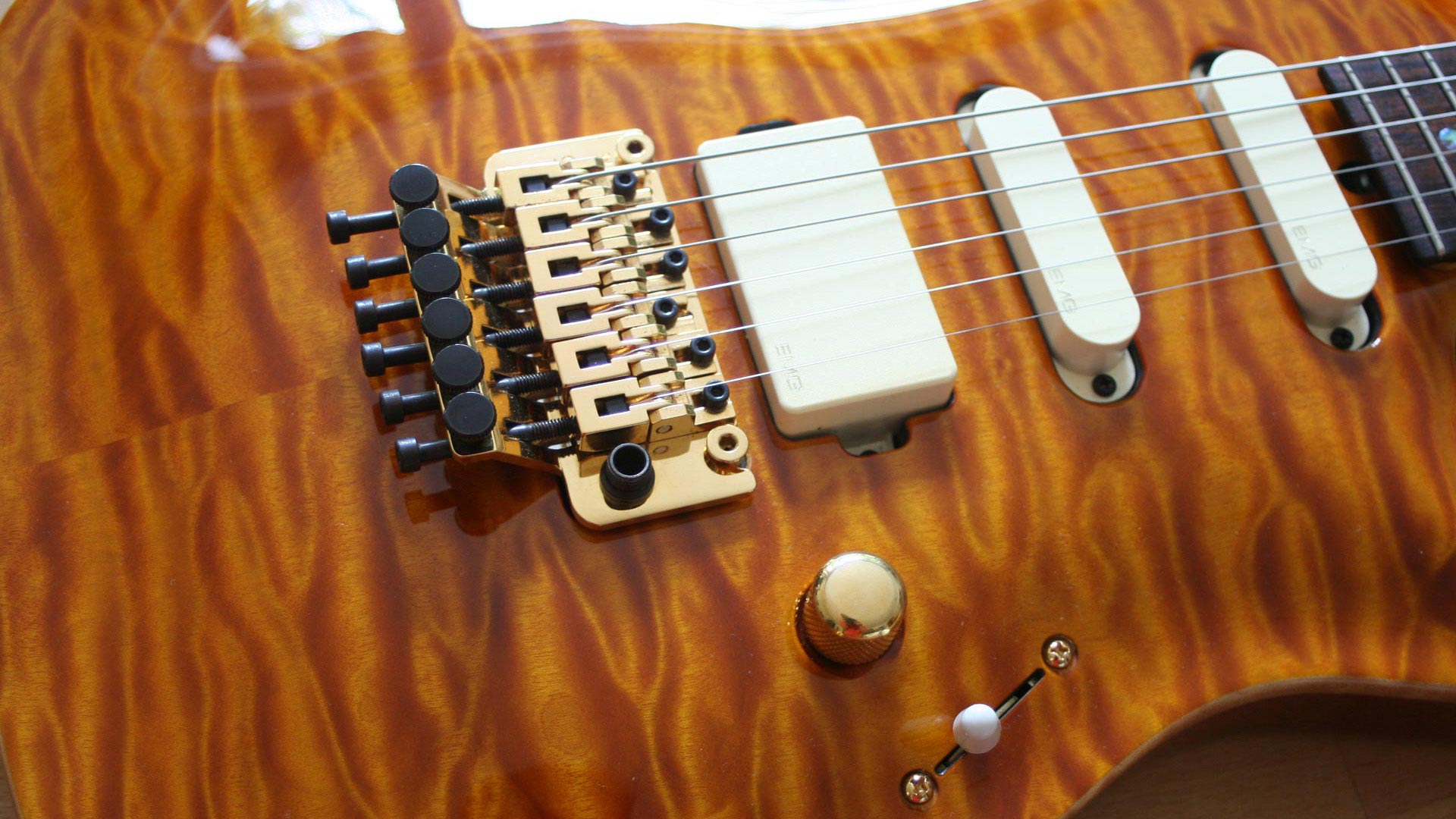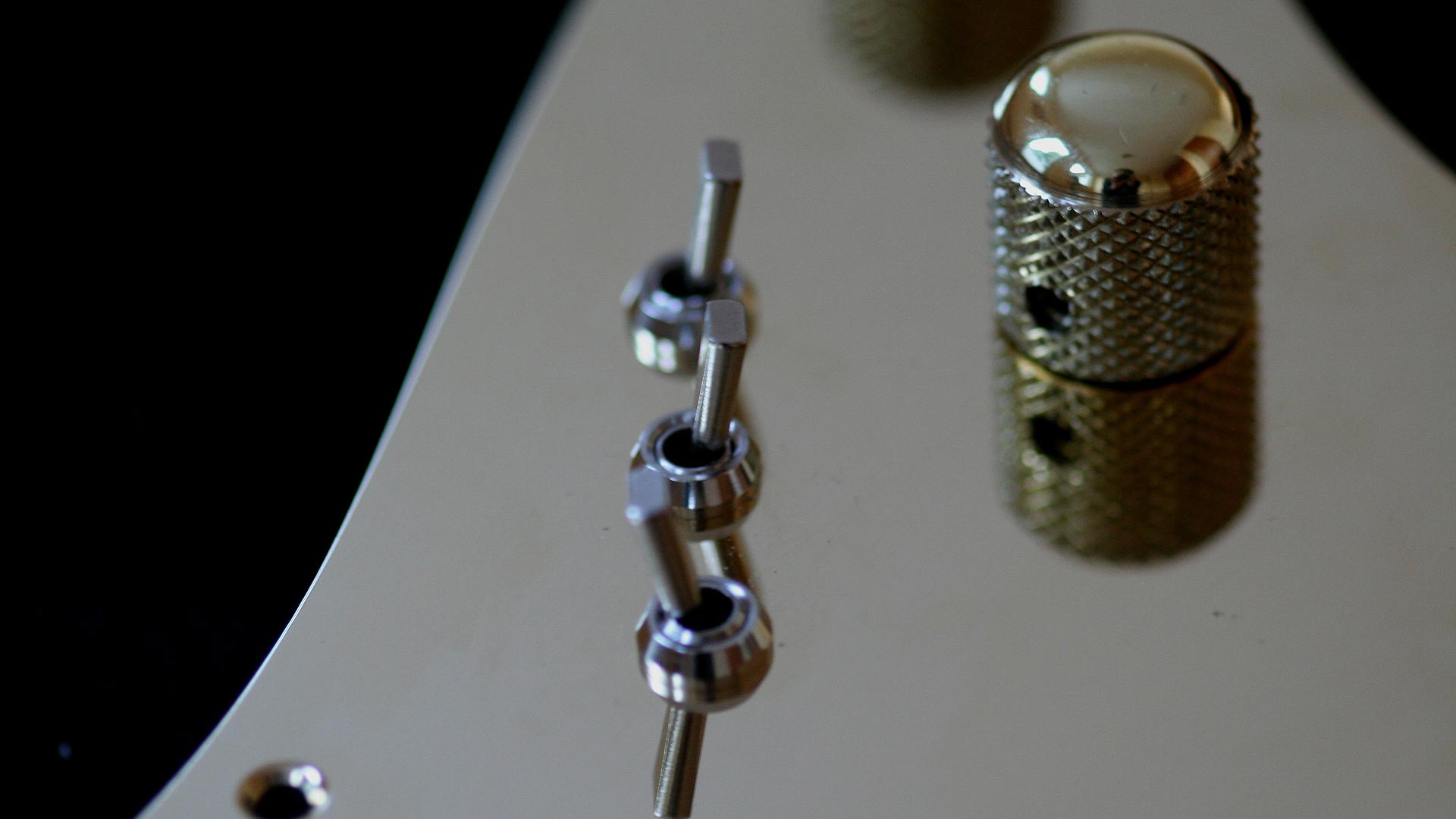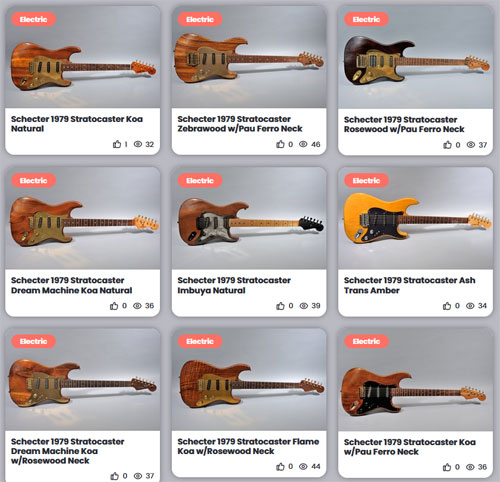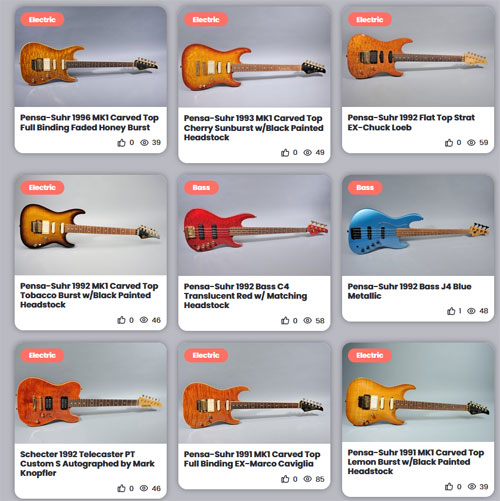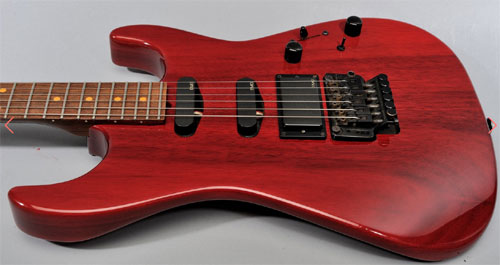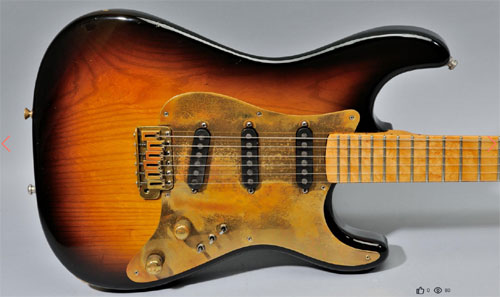Guitar solo inspired by ‘Lady Writer’ – including backing track
This instrumental guitar performance was inspired by the Dire Straits song Lady Writer (from the Communiqué album). However, it is not a cover, nor is it a different solo over the same backing track. Instead I followed the chord progression of Lady Writer but created a backing track with a different tempo and a different rhythm, something more like Single Handed Sailor (from the same album).
I played the solo on one of my two Knopfler-inspired red ‘Partocasters’, and I tried to get a nasal quacky Strat sound (on bridge & middle pickups) that reminds of the sound on Lady Writer. Both pickups are MK61.
The backing track and info on the guitar, amp, and effects can be found at the end of the video.
